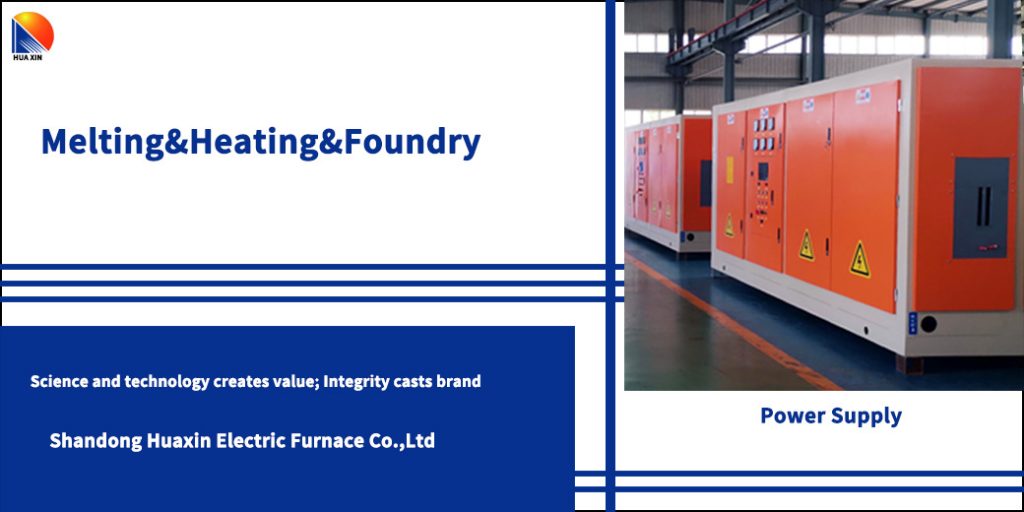The working principle of medium frequency electric furnace
Medium frequency furnace is a power supply device that converts 50HZ power frequency alternating current into medium frequency (above 300HZ to 1000HZ). It converts three-phase power frequency alternating current into direct current after rectification, and then converts the direct current into an adjustable medium frequency current, which is supplied by a capacitor With the medium frequency alternating current flowing in the induction coil, high-density magnetic lines of force are generated in the induction coil, and the metal material contained in the induction coil is cut, and a large eddy current is generated in the metal material.
The working frequency of the medium frequency induction furnace (hereinafter referred to as the medium frequency furnace) is between 50 and 10 Hz, and is widely used for the smelting of non-ferrous and ferrous metals. Compared with other casting equipment, the medium frequency induction furnace has the advantages of high thermal efficiency, short melting time, less alloy element burning loss, wide melting material, low environmental pollution, and accurate control of the temperature and composition of the molten metal.
The medium frequency furnace is mainly composed of a power supply, an induction coil and a crucible made of refractory materials in the induction coil. The crucible contains metal charge, which is equivalent to the secondary winding of the transformer. When the induction coil is connected to the AC power supply, an alternating magnetic field is generated in the induction coil. Since the charge itself forms a closed loop, the secondary winding is characterized by only one turn and is closed. Therefore, induced current is generated in the charge at the same time, and when the induced current passes through the charge, the charge is heated to promote its melting.
When the magnetic flux enclosed by the conductor loop changes, an induced electric potential will be generated in the loop. Similarly, a conductor in an alternating magnetic field will also generate an induced electric potential under the action of electromagnetic induction, forming an induced current (eddy current) in the conductor. ), the induced current overcomes the resistance of the conductor itself to generate Joule heat. This heat is used to heat the conductor itself to heat up and melt to achieve various thermal processing purposes. This is the principle of medium frequency induction heating.


